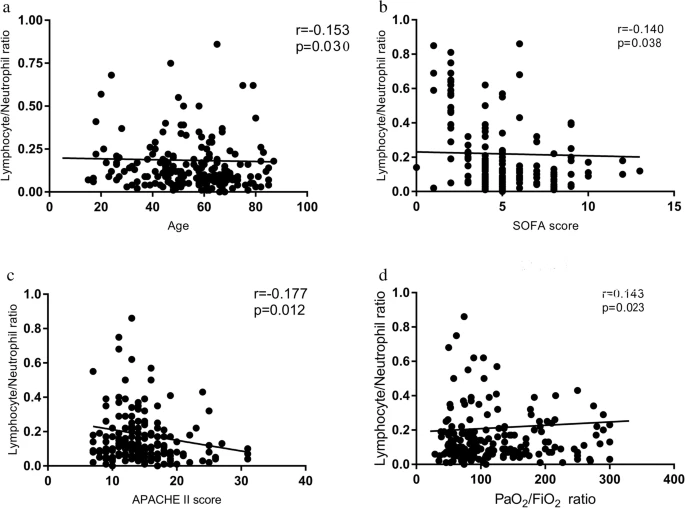- EBioMedicine
- v.50; 2019 Dec
- PMC6921329

EBioMedicine. 2019 Dec; 50: 421–432.
Published online 2019 Nov 28. doi: 10.1016/j.ebiom.2019.11.006
PMCID: PMC6921329
PMID: 31786130
Associated Data
- Supplementary Materials
- AbstractBackgroundBM32, a grass pollen allergy vaccine containing four recombinant fusion proteins





